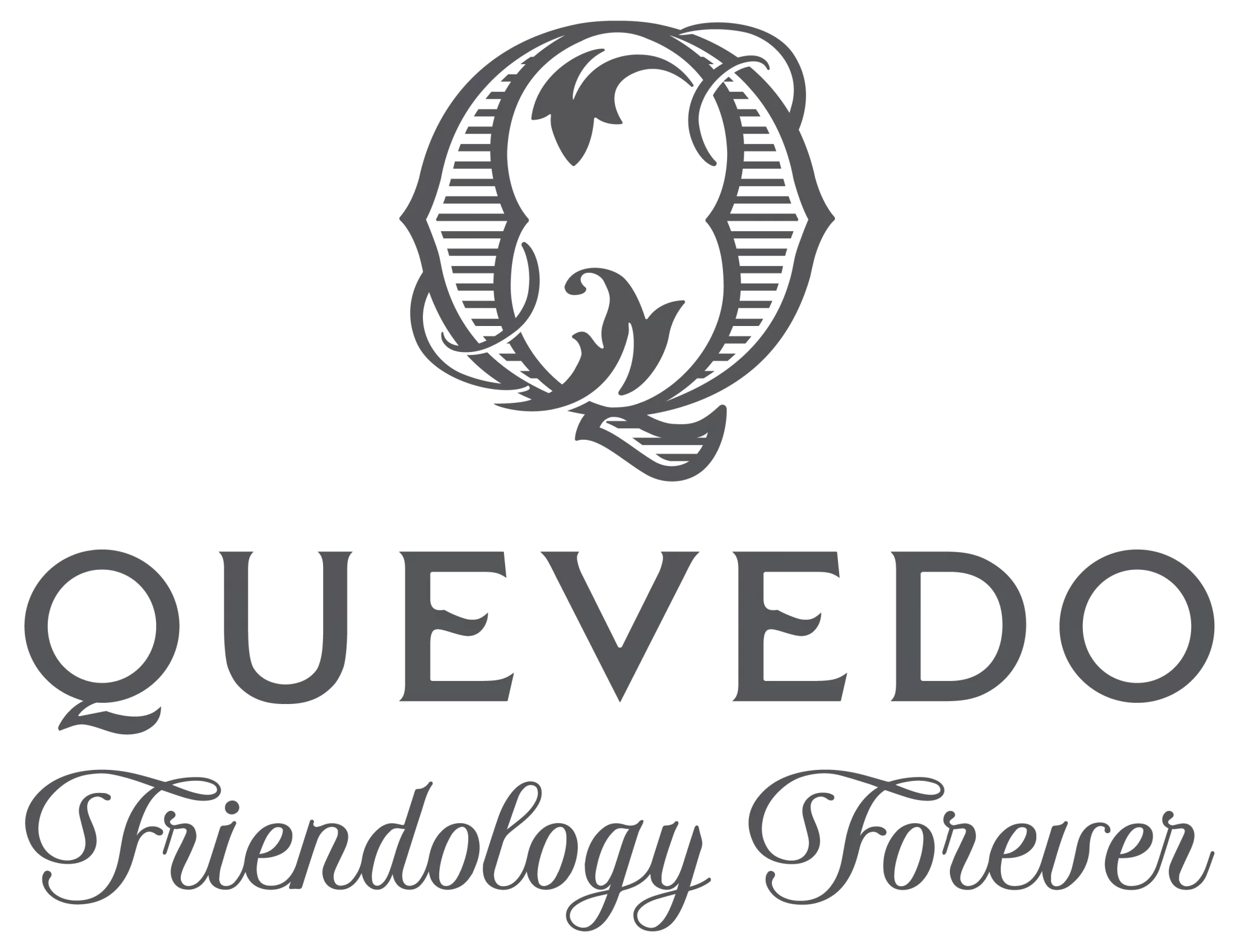Several years ago, I heard a fantastic story about an old English woman who used to buy old bottles of vintage Port for her own consumption. But rather than drinking the wine, while reading her book or listening to the radio, she would throw it down the drain and retained the sediment. She considered this a delicacy, a delicious spread to flavor her toast. You can imagine the line of wine aficionados who diplomatically volunteered themselves to rid her of such a “nuisance”.
Sediment, the solid material that settles to the bottom of a wine bottle will seldom be found on a young bottle of wine. But after several years in bottle, a good quality wine will almost always develop sediment. Nothing wrong with that.
There is, however, a much fresher and younger kind of sediment that winemakers find in wine right after the harvest. It’s turbid, looks thick and compact, and smells rustic and earthy. It’s made of solid components like dead yeast, small pieces of grape skin and many small particles that result from fermentation.
To dispose of this young sediment, we wait until the solid particles are already at the bottom of the container and then decant the wine. Time and cold temperatures help to sink the particles to the bottom.
The question being, what do we do with the sediment that represents about 1.5%-2% of all wine? If we wait too long, it will continue to concentrate. But there is another option, sediment can be filtered by a machine.
In the video below, you can watch a rotating cylinder filtering out the sediment through a tight filter. On the surface of the cylinder, we put diatomaceous earth, a fantastic filtering agent. The wine, which we don’t see in the process, is clarified before returning to the tank. What comes out from the cylinder is a dense, rather dry, not toxic sediment that is later used for the spirits industry. This sediment we sell to distilleries as they can still use it to make spirit, through distillation. It can also be used to make tartaric acid.
But in case you want to have the same experience as the old English lady, drop us a line and we will keep a bit of sediment for you. Or better yet, come over to our winery and enjoy sediment with a glass of wine!
Cheers!
Oscar

